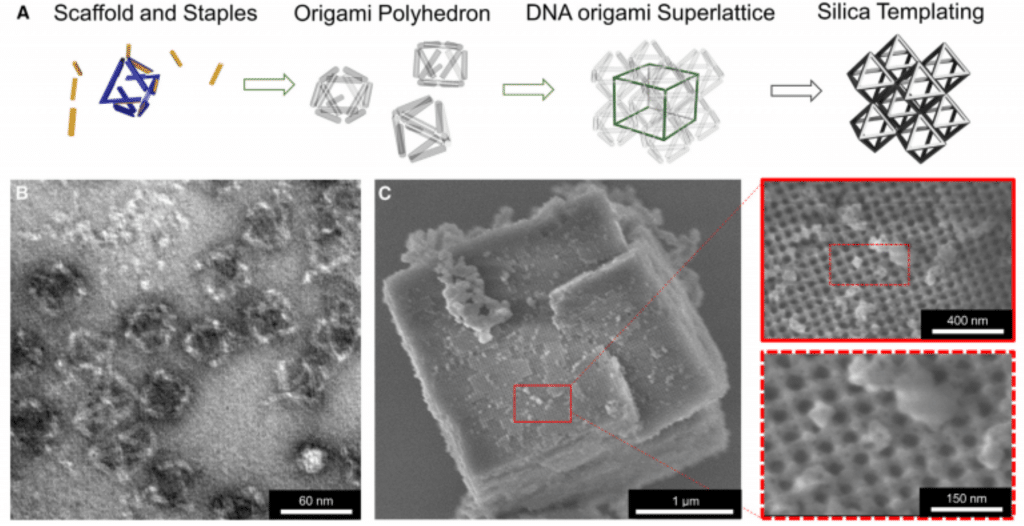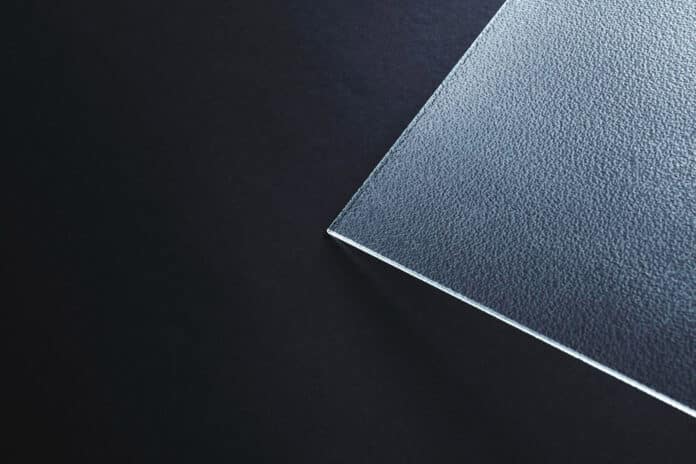One of the longest-held pursuits of materials science and engineering has been the production of lightweight, mechanically robust materials. Now, University of Connecticut researchers and colleagues have developed an extraordinarily strong, lightweight material using two unlikely building blocks: DNA and glass.
They created an extremely robust material with a very low density by constructing a structure out of DNA and covering it with glass. Given how quickly it breaks, glass might seem an odd material. However, a structural imperfection in glass, such as a crack, scratch, or missing atoms, usually causes it to shatter.
One cubic centimeter of flawless glass can endure 10 tons of pressure, more than three times the amount of pressure that last month’s Oceangate Titan submersible collapsed close to the Titanic.
Large pieces of glass that are defect-free are extremely difficult to make. But the scientists created really small, perfect bits. Glass is virtually always flawless if it is less than a micron thick. Any constructions of immaculate nanoscale glass should be sturdy and light because glass has a lower density than metals and ceramics.

Seok-Woo Lee, a materials scientist at UConn, said, “For the given density, our material is the strongest known.”
The team created a DNA structure that self-assembles. DNA fragments of particular lengths and chemistry form a material skeleton, almost like Magnatiles.
Scientists then coated the DNA with a very thin layer of glass-like material only a few hundred atoms thick.
The glass barely covered the DNA strands, leaving a sizable portion of the material volume unfilled, similar to the spaces inside a house or other structure. The thin, perfect glass coating was strengthened by the DNA skeleton, making the material exceedingly robust, and the voids, which comprised most of the material’s volume, made it lightweight. Thus, compared to steel, glass nanolattice structures are four times stronger but five times less dense. It has never been possible to attain this odd balance of lightweight and strong strength.
Oleg Gang, a nanomaterials scientist at Columbia University and Brookhaven’s Center for Functional Nanomaterials said in a ststement, “The ability to create designed 3D framework nanomaterials using DNA and mineralize them opens enormous opportunities for engineering mechanical properties. But much research is still needed before we can employ it as a technology.”
The team uses the same DNA structure but replaces the glass with even more durable carbide ceramics. To determine which DNA structure results in the material being the strongest, scientists intend to test various DNA structures.
Journal Reference:
- Aaron Michelson, Tyler J. Flanagan et al. High-strength, lightweight nano-architected silica. Cell Reports Physical Science. DOI: 10.1016/j.xcrp.2023.101475
